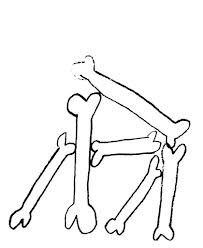Foster, Bias and Sales.
My political leanings are of a certain color. I tend to read editorialists that support my views and support and form my arguments. That said, I do make an effort to read opposing views so as to round out my world.
In brand planning, if you gather your facts mostly from the client extended family, from product users and agency acolytes, you are not being fair to the brand. That’s why focus groups are often conducted among non-users. That’s why I like to interview lapsed users. In fact, I developed a focus group technique called brand spanking a number of years ago, where you bring in haters to bounce the brand around. Even among haters, a few will defend you (just to be contrary) and in those defenses often lie gold.
In politics, it’s not okay to be unbalanced. In brand planning it is heresy. (Notice I wrote this entire post without using the words “authentic” and “transparent.” It can be done. Hee hee.
Peace.
PS. When a kid, I wanted to name my ad agency Foster, Bias and Sales. It is okay to create bias, but not to be biased when developing a brand plan.




